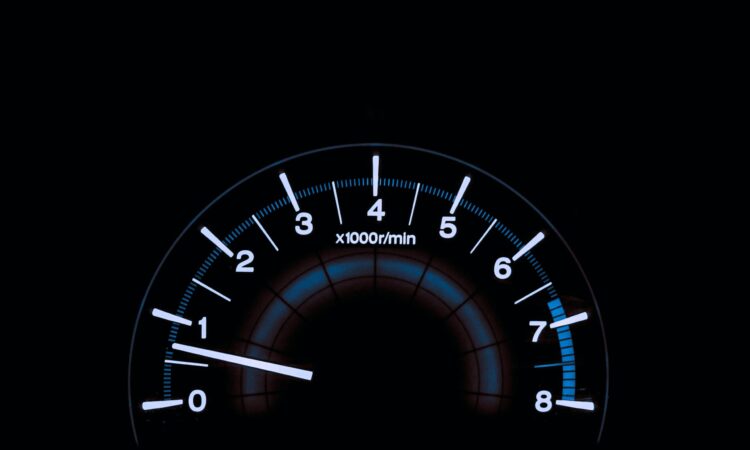
The British economy could see a boost of £66 billion by 2040, thanks to connected and automated mobility (CAM) technology. This technology is expected to save 3,900 lives and prevent 60,000 serious accidents. Plus, 342,000 jobs could be added, with 12,250 in automotive manufacturing alone.
Mike Hawes, SMMT chief executive, said, “We have a chance to change transport in the UK. The government needs to help make this change quickly so people can enjoy the life and money-saving benefits. We don’t want the UK to fall behind.”
What Could Change for British Drivers?
Self-driving cars could make insurance cheaper. Commutes might become quicker. People with mobility issues could travel more easily. Businesses could send goods more easily. And public transport, like buses and taxis, could become more efficient.
CAM technology lets cars drive on their own. They can also talk to each other and the roads they drive on. The biggest money-making chance might come from using this tech in trucks and vans. These vehicles can deliver goods from far away or just to your home.
Other areas where CAM can help include public transport, warehouse transport, and vehicles at ports and airports. Mines and farms might also use this technology early on because they’re private places.
Dangers of Autonomous Vehicles
Although there are many positives, self-driving cars have their risks. Some self-driving cars have:
- Activated their self-driving system when they shouldn’t or didn’t activate when needed.
- Crashed into signs or lanes.
- Not stopped for people crossing the road.
Some people worry about radiation from self-driving cars. They think it might cause headaches, raise blood pressure, and make sleeping hard.
If drivers trust self-driving cars too much, they might not watch the road carefully. If a warning shows up, they might miss it. And if the tech stops working because of a glitch or mistake, it could be dangerous. Right now, for every eight miles driven, there’s at least one issue with the current systems.
Another worry is that drivers might forget how to drive if they rely on the tech too much. And if bad people hack into the cars, they could cause a lot of harm. They might stop the car from talking to other systems, control the car, or even use it to hurt others.
Who Takes the Blame in Accidents?
If a self-driving car gets into an accident, the passengers inside might not face blame. At present, insurance companies could cover the costs. But in 2022, a report suggested that the car makers should be responsible.
Getting Help After Accidents
If a self-driving car injures someone and it’s not their mistake, they can request money for support. This money can assist with hospital fees or other expenses. The National Accident Helpline can help with these requests.
Making a claim can help people feel better after a bad accident. It can give them money, make them feel like justice was served, and bring some good into a hard time. If someone is unsure about asking for compensation, the National Accident Helpline provides a safe choice. This means they only pay if they get a win.






